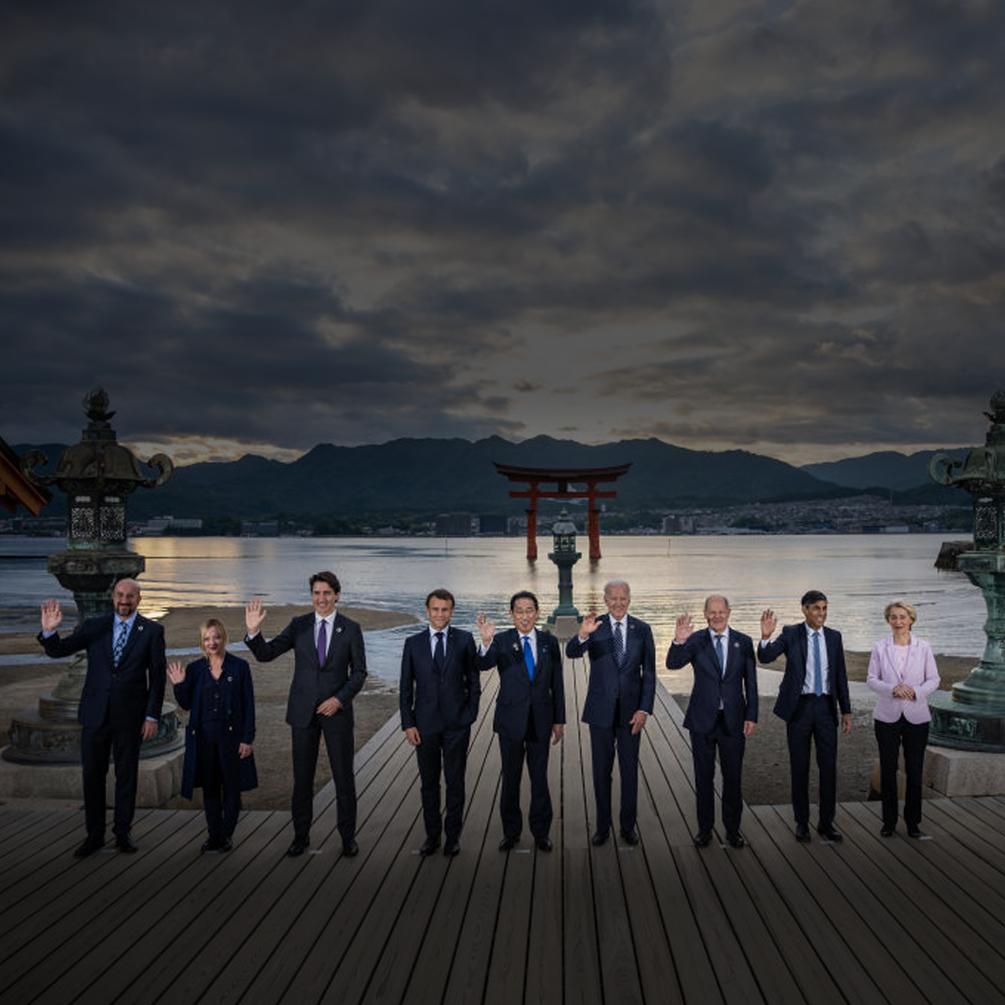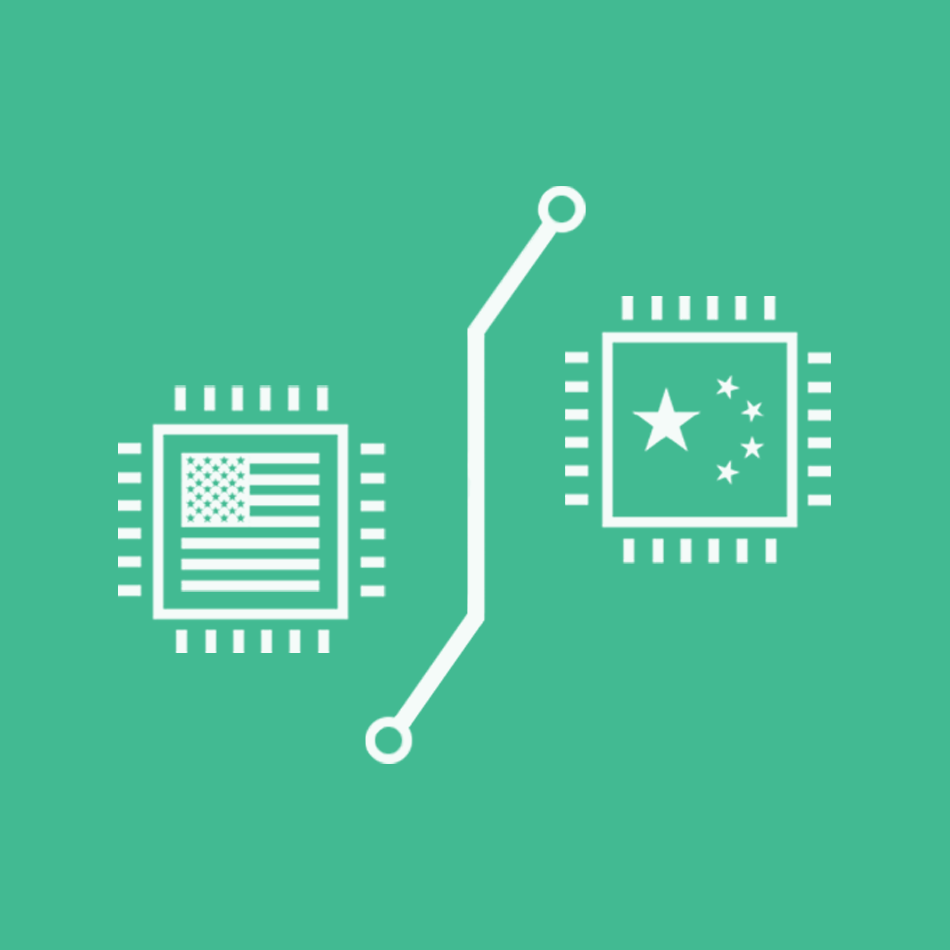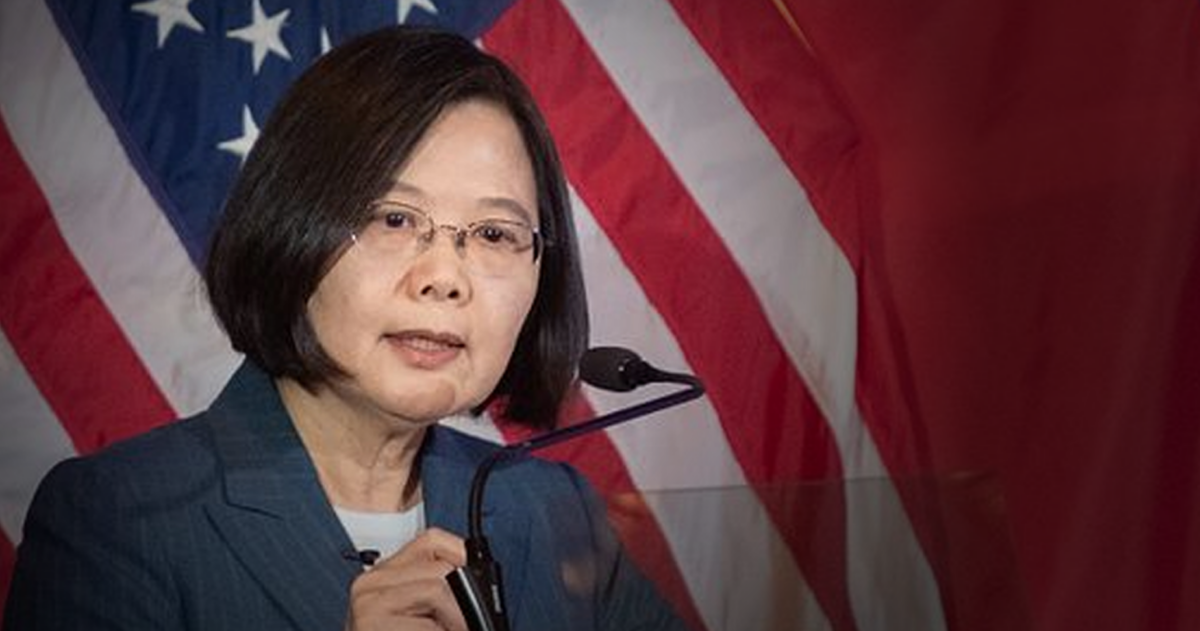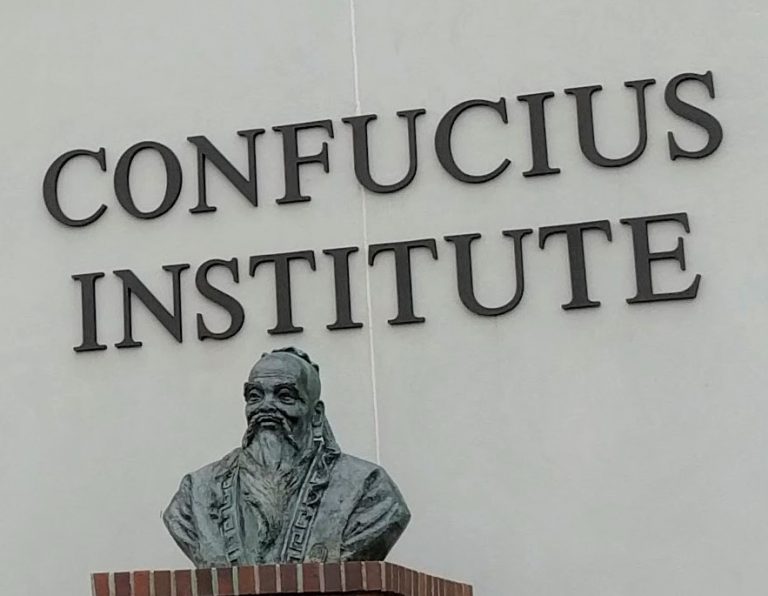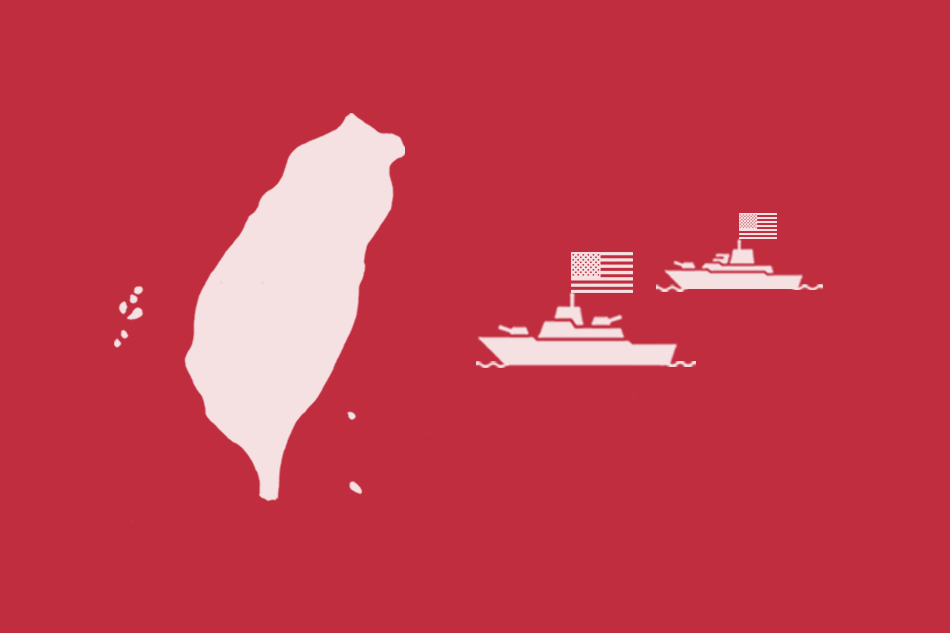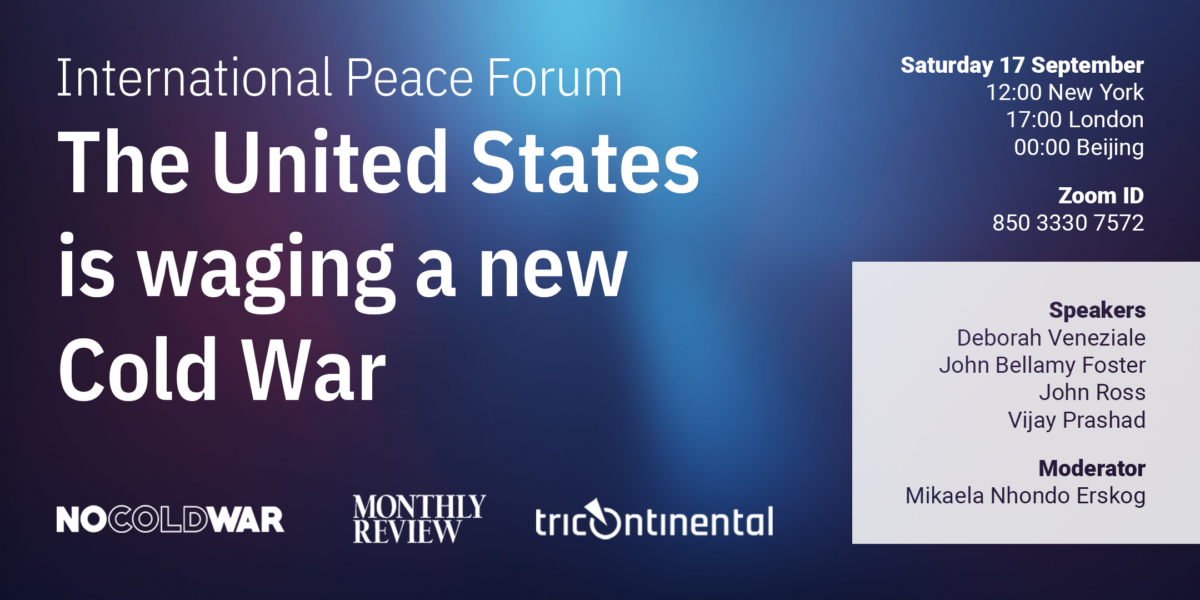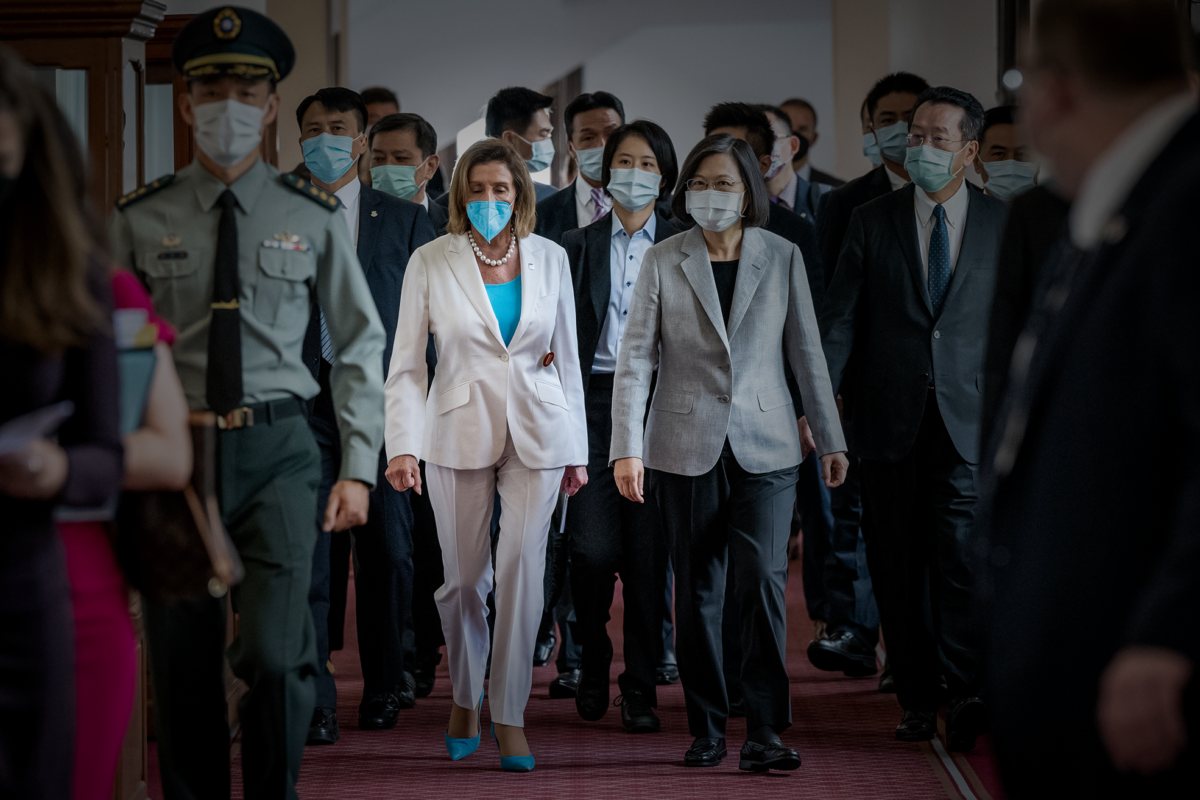No Cold War is pleased to publish the following interview of Wu Rong-yuan, Chairperson of the Labour Party of Taiwan, conducted by Wim De Ceukelaire. The interview has been edited for clarity.
In 1949, when the Communist Party of China established the People’s Republic on the mainland of the country, Chiang Kai-shek, China’s deposed leader, fled to the island of Taiwan together with his soldiers, political followers and their families. In total, roughly one million people would cross the Taiwan Strait. Chiang’s government and party, the Kuomintang, established a repressive dictatorship over the island’s 6.5 million inhabitants – imposing martial law for 38 years from 1949 to 1987 – and developed a close alliance with the United States.
Recently, Taiwan has been at the centre of headlines around the world as tensions increase between the United States and China. Little of this media coverage has discussed the island’s history, let alone the points of view of local progessive and left-wing forces. This interview with Wu Rong-yuan (吳榮元), the chairperson of the Labour Party of Taiwan, tries to fill that gap.
In the West, very little is known about the politics and history of Taiwan. Some will remember the island was ruled by the Kuomintang dictatorship for decades during the latter half of the 20th century. Others will know that, since becoming a presidential democracy in the 1990s, the island has had a two-party system with the Kuomintang and the Democratic Progressive Party (DPP) as the main political parties. Few will know of your party, the Labour Party of Taiwan. Can you tell us about its history?
Wu Rong-yuan: The Labour Party of Taiwan was founded in March 1989 by three groups of people. First, the veteran political prisoners of the martial law period in Taiwan who persisted in their struggle while they were imprisoned for a long time. Second, a collection of progressive intellectuals who were united by the well-known magazine “China Tide” (夏潮) in the 1970s and the equally prominent publication “The Human World” (人間) in the 1980s, including Chen Ying-zhen (陳映真), Su Qing-li (蘇慶黎), Wang Li-xia (汪立峽), and others. Third, there were some leaders of the labour and social movements at that time, such as Luo Mei-wen (羅美文) (now a member of the Hsinchu County Council), Ngan Kun-chuan (顏坤泉), and others.
The establishment of the Labour Party of Taiwan initiated the third period in the history of the Left in Taiwan. The first period, from the early 1920s to 1931, was defined by the resistance against the Japanese Empire’s colonial rule;1 the second period, from 1945 to the 1950s, was marked by the participation of the “Old Classmates” in the New Democratic Revolution2 in Taiwan; and the third period, from 1988 onwards,3 has been characterised by the re-uniting the labour movement with the movement for the reunification of China. Therefore, we can say that the Labour Party of Taiwan has inherited the history of the left-wing movement of the Taiwanese people since the 1920s, and has continued the history of its patriotic anti-imperialist and unification movement, which was interrupted for nearly 40 years due to the so-called “White Terror”.
Every fall, the Labour Party of Taiwan and many pro-unification groups pay tribute to the victims who died during the “White Terror” in Taipei City. Can you tell us more about what happened to them?
Wu Rong-yuan: My heart is heavy when I talk about this historical tragedy. Most of the victims of the White Terror in Taiwan during the 1950s were local patriotic progressives. Thousands were killed and at least 140,000 were imprisoned in harsh conditions.
During Taiwan’s martial law, the former political prisoners linked up across the island after their release from prison through mutual aid associations. Immediately after the lifting of martial law in October 1987, the Taiwan Political Prisoners’ Mutual Aid Association was established and in March of the following year, Lin Shu-Yang (林書揚), the longest-serving political prisoner in Taiwan, was elected chairperson. They called each other “Old Classmates” and worked hard to continue the tradition of the anti-imperialist patriotic movement of the Taiwanese people.
These “Old Classmates” had been eyewitnesses to Japanese colonial domination and to the civil war between the Communist Party of China and the Kuomintang. After the lifting of martial law, they laid the basis for a number of unification organisations, including the Labour Party of Taiwan.
Did you have experiences with repression yourself?
Wu Rong-yuan: In the early 1970s, when I was a student, young Taiwanese students had a strong Chinese national identity. The more critically minded young Taiwanese began to question the Kuomintang because its version of nationalism was full of pointless formalities and sounded hollow. Instead, we were inspired by Sun Yat-sen’s statement that “socialism and communism are the solution to people’s livelihood”4 and identified with the American, European, and Japanese student movements at the time, as well as the anti-Vietnam War movement and the African American civil rights movement.
During this period, Taiwan was also impacted by two major international events. One was the adoption of Resolution 2758 by the United Nations General Assembly in 1971, which recognised the government of the People’s Republic of China as the sole legitimate representative of China to the United Nations.5 The other was the “Defend the Diaoyu Islands movement”6 that asserted Chinese sovereignty over these islands when the United States turned them over to Japan. In this way, my personal political views didn’t stop at criticising capitalism and advocating anti-imperialism but were also characterised by a strong identification with our motherland.
I was arrested for organising the “Communist Party of National Cheng Kung University” with my classmates in college and sentenced to death by the Taiwanese authorities. This sentence was later commuted to life imprisonment and then to fixed-term imprisonment. For a young political prisoner, that meant 15 years.
At that time, political prisoners were sent to Green Island, known as the Bonfire Island, to serve their sentences. It was there that I met many renowned political prisoners who, despite having been imprisoned for almost 20 years, were not demoralised. They were still in high spirits, displaying a rational attitude toward life. What I learned from my predecessors in Green Island Prison provided me with a systematic understanding of patriotism and socialism. The ideals of the “Old Classmates” became the political and ideological inspiration for my work in the patriotic unification movement after my release from prison.
Who were those people whom you met on Green Island?
Wu Rong-yuan: I was most impressed by the late comrades such as Lin Shu-yang, Chen Ming-zhong (陈明忠) and Chen Ying-zhen, who all made important contributions to the founding and development of the Labour Party of Taiwan. Lin Shu-yang was the honorary chairman of the Labour Party until his death in 2012. When I was on Green Island, Lin Shu-yang used to say: “Prison is a school for revolutionaries, so we must stick to our principles and maintain our fighting spirit.” Lin was an outstanding leader and theoretician of the patriotic unification movement in Taiwan. After his release from prison, he wrote and translated numerous articles on cross-strait relations, Taiwan’s history, Marxism, and the international situation.
Lin Shu-yang, who had been imprisoned for 34 years and 7 months, often emphasised the importance of combining theory and practice, and he tried his best to be personally involved in various movements that we were engaged in. Lin once said that when looking at the Taiwan issue from the historical perspective, the complete unification of the country would complete the liberation movement of the entire Chinese nation. This is the continuation of the anti-imperialist, anti-feudal, and anti-colonial Chinese national liberation movement that goes back to the 19th century.
Chen Ming-zhong also was one of the key founders of the Labour Party of Taiwan. During the period of martial law, he risked ordering progressive books and voluntarily photocopied articles that were worth reading and recommended them to “Old Classmates” who wished to learn. He was particularly concerned about the socialist revolution and construction of China and the socialist future of humanity, and authored a book entitled “China’s Road to Socialism”. His biography, “No Regrets”, has become a reference book for young people who want to understand the real history of Taiwan.
Chen Ying-zhen was another strong supporter and promoter of the Labour Party of Taiwan after his release. He had already written a number of novels before his imprisonment. In 1985, he presided over the creation of a news and photojournalism magazine, called “The Human World”, which had a profound impact on the social movements in Taiwan. He has been the most important author of the unification movement and the Left in Taiwan.
Chen was also a revolutionary practitioner, and he was present at the May Day rallies of Taiwanese workers, the protest against the US invasion of Iraq, and the demonstration against the occupation of the Diaoyu Islands. When organisers invited him to speak, he would give lively speeches to inspire the participants; and when he did not have the opportunity to speak, he would carry the banner together with the others, just like any ordinary member of the group. And he would enjoy it as well.
You have provided us with an important overview of the recent history of Taiwan. Can you tell us more about the Labour Party? What kind of party is it and how has it evolved since its founding in 1989?
Wu Rong-yuan: Since its founding, the Labour Party has represented the interests of the working class in Taiwan. Therefore, we have been fully involved as a political party in the Taiwan workers’ movement, the movement against imperialist domination and interference, and the movement for reunification.
To give you an example of our influence in the labour movement, we can look at the establishment of the Taiwan Confederation of Trade Unions in 2000, the first general trade union after the end of the dictatorship. At the inaugural meeting, the Labour Movement Contribution Award was given to labour movement leaders and intellectuals. Of the five individuals who were nominated by the labour movement, three were members of the Labour Party.
At present, the Labour Party is promoting the annual May 1st Labour Day activities together with various labour organisations in Taiwan. We also have offices to provide services to the labour movement in the cities of Hsinchu, Taichung, and Kaohsiung, as well as in the North, Central and South of Taiwan.
In addition, we insist on combining social and political movements, and have been participating in local elections for more than a decade. We hope to gain seats to represent the people’s point of view through our participation, so that we can continue to expand our influence and gain favourable conditions to serve the people. At present, the Labour Party has two seats in Hsinchu County,7 which is the result of its hard work under unfavourable circumstances.
In the Labour Party of Taiwan’s analysis of the social and economic situation in Taiwan at the current historical stage, the contradiction between unification and independence is the main contradiction in Taiwan’s society, while the contradiction between the working class and the bourgeoisie is the basic contradiction. The Labour Party has always adhered to the One China principle.
Faced with the downturn of the international socialist movement in the 1990s and the subsequent deterioration of Taiwan’s political and social situation, the party is in a very difficult situation. However, it is increasingly clear that its analysis remains valid. The main contradiction has not changed regardless of which political party has been in power in Taiwan. It has become more and more pronounced in Taiwan’s political environment and even in the daily lives of the general public.
The war in Ukraine has sharpened the contradictions between the West and Russia, and the contradictions with China have also become more prominent. In the Western media, many commentators have begun to compare Taiwan with Ukraine. What do you make of this analysis? Is Taiwan also facing the threat of a military invasion?
Wu Rong-yuan: We believe that the Russian-Ukrainian War was caused by the expansion of the US-led NATO military alliance to the east. However, we oppose the use of war as a means of resolving this dispute and we call on both sides to sit down for negotiations and talk.
It is now clear that this is a proxy war, and Ukraine is just cannon fodder for Washington. The United States is gaining economic benefits from the war, including the expansion of the global arms market, and military benefits from weakening Russia. Therefore, if the United States is not willing to stop the war, the war will not stop. We must strongly condemn the US empire.
Taiwan is not Ukraine, because Taiwan is a part of China. Taiwan and the Chinese mainland are one country. It is an internal political issue. However, the Russian-Ukrainian war has given us a lot of insight; we are worried that Taiwan might similarly be used as a proxy to start a war in the Taiwan Strait. For example, the United States could deliberately let Taiwan cross China’s red line and provoke the mainland to attack. Such a tactic could be pursued as part of Washington’s efforts to contain and slow down the rise of China.
Now more than ever, we want peace across the Taiwan Strait. So we must defeat the attempts of the United States, in conjunction with conservative regimes in East Asia, to encircle China and escalate the conflict.
When a number of high-profile US politicians visited Taiwan this summer, most notably US House Speaker Nancy Pelosi, it did provoke tensions with the Chinese mainland. Interestingly, the Taiwan government, led by President Tsai Ing-wen, seemed to welcome these visits and has generally been very receptive to US attempts to drum up tensions with China. How do you explain this?
Wu Rong-yuan: The emergence of the “Taiwan independence” separatist forces or the governing Democratic Progressive Party (DPP) has its historical roots. The DPP is the representative of the local bourgeoisie in Taiwan, which emerged as a political force at the end of the martial law period, when the Kuomintang was in power. With the rise of their economic stature, the DPP are no longer satisfied with having money but no power.
Their anti-communist politics and their desire for a Western political system gradually led to the formation of a separatist “one China, one Taiwan” political line. Following several changes of political power between these two main parties, the “Taiwan independence” forces have now become bigger, and they are going further and further down the road of national secession, pushing cross-strait relations into an increasingly dangerous situation.
The “Taiwan independence” forces have been in power twice8 and still have not dared to touch the political red line drawn by the mainland. The “Taiwan independence” forces understand that they will pay a price if they cross it. Therefore, the DPP authorities are trying to strengthen the island’s security system. Internally, they stir up the so-called Taiwan nationalism ideology and externally, they rely on the United States (and Japan) to resist the Chinese mainland.
In the January 2020 elections, the DPP and its leader, Tsai Ing-wen, won the elections and came to power for the second time. However, prior to this, in the 2018 local elections, the ruling DPP government suffered an unprecedented defeat, and, in 2019, Tsai’s popularity rating had dropped to just 15 percent. Ahead of the 2020 elections, any observer would have thought that there was no hope for Tsai’s re-election.
As a result, Tsai’s government launched a desperate counter-attack and began to create an anti-communist political atmosphere. The Tsai Ing-wen administration began to drum up ‘espionage incidents’. Mainland students, retired military personnel, Hong Kong businessmen, and political figures advocating unification were accused of espionage. In the second half of 2019, the DPP strengthened the national security legislation with a provision directed against so-called ‘agents of the Chinese Communist Party’. It is forbidden for people or organisations to act as ‘agents’ of the mainland or to engage in political propaganda that is deemed to endanger national security. This reminiscent to the Cold War: the regime can criminalise anyone it wants to.
In addition, other new security laws were passed and a new provision was added to the Cross-Strait People’s Relations Ordinance to de facto block the possibility of the government signing any political agreement with the mainland. This provision stipulates that a political agreement with the mainland requires the presence of three quarters of the members of the Legislative Yuan (the parliament) and the approval of three quarters. This is a higher threshold than is required for a constitutional amendment!
In 2018–19, the Trump administration escalated its trade war against China on the pretext that China was stealing US intellectual property and trade secrets. Some DPP politicians were overjoyed by this development, openly welcoming the return of the anti-communist Cold War and arguing for Taiwan to return to its old anti-communist system. Some independent Taiwanese and DPP leaders have even placed newspaper advertisements calling on the opposition Kuomintang and the DPP to return to the old anti-communist system of Chiang Kai-shek.
In short, after suffering a crushing defeat in the 2018 local elections, Tsai Ing-wen’s government weaponised the anti-communist and anti-China atmosphere both inside and outside of Taiwan. In less than a year, the administration increased its support in the polls to almost 60 percent, winning the 2020 elections with 57.1 percent of the votes. Based on this, one should be able to imagine the violent anti-communist and anti-China atmosphere the presently exists in Taiwan.
Taiwan is gradually returning to the dictatorial system of the past. A year and a half ago, a news channel in Taiwan which opposed the DPP had its licence withdrawn by the government on trumped up grounds. Meanwhile, it is a recognised fact that the DPP uses the government’s budget to maintain a large online army to manipulate public opinion in an organised manner. When people post or share comments critical of the government on the internet, they are often prosecuted by the government for allegedly creating or spreading false news; these charges are levied under legislation which dates back to the martial law era, now renamed the Social Order Maintenance Law.
The DPP has established a far-right, anti-communist, anti-China, and pro-US regime. The anti-communist operation from 2019 to 2020 has been quite successful in spreading fear among the public. As a result, in the past few years, almost no one has dared to oppose the increasing public debt accumulating from arms purchases from the United States. At the behest of Washington, Taiwan’s defence spending has risen to 2.3 percent of GDP, which is having a serious impact on social welfare and education. Despite this, the US has not relaxed its pressure on Taiwan to increase military expenditures, demanding that the government increases its spending to 3 percent of GDP. Also at the behest of the United States, the DPP government will change the military service system to a one-year conscription system.
These are very worrisome developments. How does the population understand the situation, especially the increasing closeness to the United States?
Wu Rong-yuan: In Taiwan, more and more people are seeing the true face of the United States as a result of the war in Ukraine. In particular, they see that the United States itself does not send troops to support Ukraine, but continues to supply weapons so that the Ukrainian people keep sacrificing their lives in order to combat Russia.
In the past, most Taiwanese believed that the United States would send troops to support the island in the event of a war in the Taiwan Strait. However, according to the latest poll, the number of Taiwanese who “strongly believe” or “fairly believe” that the United States would send troops to Taiwan in such a situation has dropped to 36.3 percent. We hope that the decline in Taiwanese people’s trust in the United States will help to build an atmosphere of reconciliation between the two sides of the Taiwan Strait.
However, we are not optimistic. There are still many pro-independence forces in Taiwan who firmly believe that, unlike Ukraine, Taiwan’s geographical location is strategically important to the United States in blockading the Chinese mainland and that Washington will send troops to Taiwan in the event of a cross-strait war. Moreover, the DPP and other pro-independence forces see the Russian-Ukrainian war as an important opportunity to continue to increase military purchases from the United States and intensify militarisation.
You referred to the growing influence of United States in Taiwan under former President Donald Trump as a destabilising factor. Under President Joe Biden tensions have escalated further, including the recent passing of the Taiwan Enhanced Resilience Act (formerly known as the Taiwan Policy Act). What do you think is behind trend? Why is the US interested in increasing tensions with China over the issue of Taiwan?
Wu Rong-yuan: The objective of the Taiwan Policy Act is to advance the United States’ own strategic interests in the name of Taiwan. It aims to provoke China and challenge China’s peaceful reunification policy. Politically, it intends to create “one China, one Taiwan” by enhancing relations with Taiwan and undermining the internationally recognised One China principle.
Militarily, it gives the Taiwanese authorities the status of major non-NATO ally and establishes the so-called “Taiwan Security Assistance Initiative” to provide USD 4.5 billion in foreign military funding over the next four years. These funds will be used to finance further arms sales to Taiwan with the intention of stockpiling a huge arsenal of weapons on the island and making it the frontline of the battlefield, and of course for the benefit of the US arms industry.
Economically, it is forcing important companies such as the Taiwan Semiconductor Manufacturing Company (TSMC) to set up factories in the United States in an attempt to cut off the natural cooperation between the two sides of the Taiwan Strait. Worse still, there have been a number of recent reports in the US media that Washington intends to sabotage and destroy important semiconductor industries on the island of Taiwan, in a so-called “Taiwan-Chinese destruction” plot.
In terms of public opinion and propaganda, the United States has stigmatised national unification efforts between the two sides of the Taiwan Strait and misled the world by referring to it as aggression. The United States believes that the status quo of “peace without unification nor separation” across the Taiwan Strait is in its national interest. However, the United States has been escalating its use of the so-called “Taiwan card”, which has encouraged separatists, changed the status quo in the Taiwan Strait, and created tension in the region.
Facing these provocations, the Chinese mainland will certainly strengthen its defence of its territorial sovereignty, exemplified by the recent military exercise around Taiwan in reaction to Pelosi’s visit. This is because China believes that the resolution of the Taiwan issue and the realisation of unification is in its core interest.
To maintain peace in the Taiwan Strait and avoid the scourge of war, it is necessary to stop US interference, to encourage cross-strait exchanges under the One China principle, and to move toward the completion of national reunification through internal consultation on the basis of equality. Therefore, the slogan of the Labour Party is: “One China on both sides of the Taiwan Strait for peaceful development”.
What are the concrete proposals of the Labour Party of Taiwan to resolve the tensions?
Wu Rong-yuan: In the face of the current serious and tense situation in the Taiwan Strait, we in the Labour Party advocate peace negotiations and peaceful reunification. We believe that after cross-strait reunification, Taiwan will no longer be a neo-colony under the hegemonic control of the United States and Japan, and that the people of Taiwan, who have returned to the Chinese national community, will be in power. Without the external interference of the United States and the squeeze placed on Taiwan’s finances by arms purchases, Taiwan’s budgetary resources will be available to increase the welfare of the people.
Finally, we call on the Chinese people on both sides of the Taiwan Strait and the progressive peace-loving people of the world to unite against the hegemonic intervention of the United States in China’s internal affairs and the Taiwan issue.
With thanks to Mrs. Wang Juan-ping (王娟萍) for her assistance with translations.
1 Taiwan was occupied by Japan from 1895 to 1945. After the violent suppression of local resistance, came a period of enlightened colonial rule in the 1920s until Japanese militarism got the upper hand in the 1930s, and especially the 1931 Japanese invasion of Manchuria on the Mainland.
2 According to the theory of the two-stage revolution, the New Democratic Revolution is the first stage that countries have to go through as long as they are subjected to imperialist domination. The New Democratic Revolution aims to defeat imperialist domination and bring an end to feudal exploitation. In the case of China, the Communist Party of China successfully completed this stage in 1949, when it defeated Chiang Kai-shek’s Kuomintang and established the People’s Republic. This was also the start of the second stage, the socialist revolution.
3 This is the period after the lifting of martial law in July 1987.
4 Sun Yat-sen (1866-1925) became the first provisional president of China and the first leader of the Kuomintang in 1912. In 1923, he forged an alliance between the Kuomintang and the Communist Party of China. Sun is unique among 20th-century Chinese leaders for being widely revered in both Mainland China and Taiwan. According to Sun Yat-sen, the three people’s principles are nationalism, democracy and people’s livelihood.
5 China was one of the original member states of the United Nations, which was created in 1945. At that time, the Republic of China (ROC), led by the Kuomintang, was the government of China and even when they didn’t control Mainland China anymore, tthis government held on to the seat of China in the United Nations. It is only in 1971 that United Nations General Assembly Resolution 2758 on the “Restoration of the lawful rights of the People’s Republic of China in the United Nations” recognised the PRC as “the only legitimate representative of China to the United Nations” and removed “the representatives of Chiang Kai-shek” (referring to the ROC) from the United Nations.
6 The Diaoyu islands, also known by their Japanese name as the Senkaku islands, are a group of uninhabited islands in the East China Sea, that were annexed by Japan in 1895 and came under United States occupation in 1945. The United States turned them over to Japan in 1972.
7 Hsinchu County is one of the 13 administrative regions of Taiwan.
8 The DPP was in power for the first time from 2000 to 2008 under president Chen Shui-bian.
